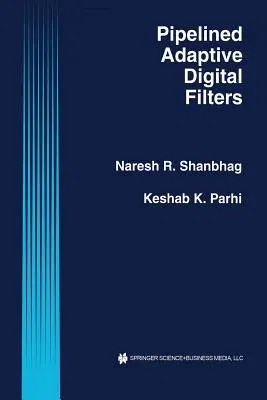Naresh R Shanbhag
(Author)Pipelined Adaptive Digital Filters (Softcover Reprint of the Original 1st 1994)Paperback - Softcover Reprint of the Original 1st 1994, 8 October 2012

Qty
1
Turbo
Ships in 2 - 3 days
In Stock
Free Delivery
Cash on Delivery
15 Days
Free Returns
Secure Checkout
Part of Series
The Springer International Engineering and Computer Science
Part of Series
Springer International Series in Engineering and Computer Sc
Print Length
187 pages
Language
English
Publisher
Springer
Date Published
8 Oct 2012
ISBN-10
1461361516
ISBN-13
9781461361510
Description
Product Details
Authors:
Book Edition:
Softcover Reprint of the Original 1st 1994
Book Format:
Paperback
Country of Origin:
NL
Date Published:
8 October 2012
Dimensions:
23.39 x
15.6 x
1.09 cm
ISBN-10:
1461361516
ISBN-13:
9781461361510
Language:
English
Location:
New York, NY
Pages:
187
Publisher:
Series:
Weight:
290.3 gm

